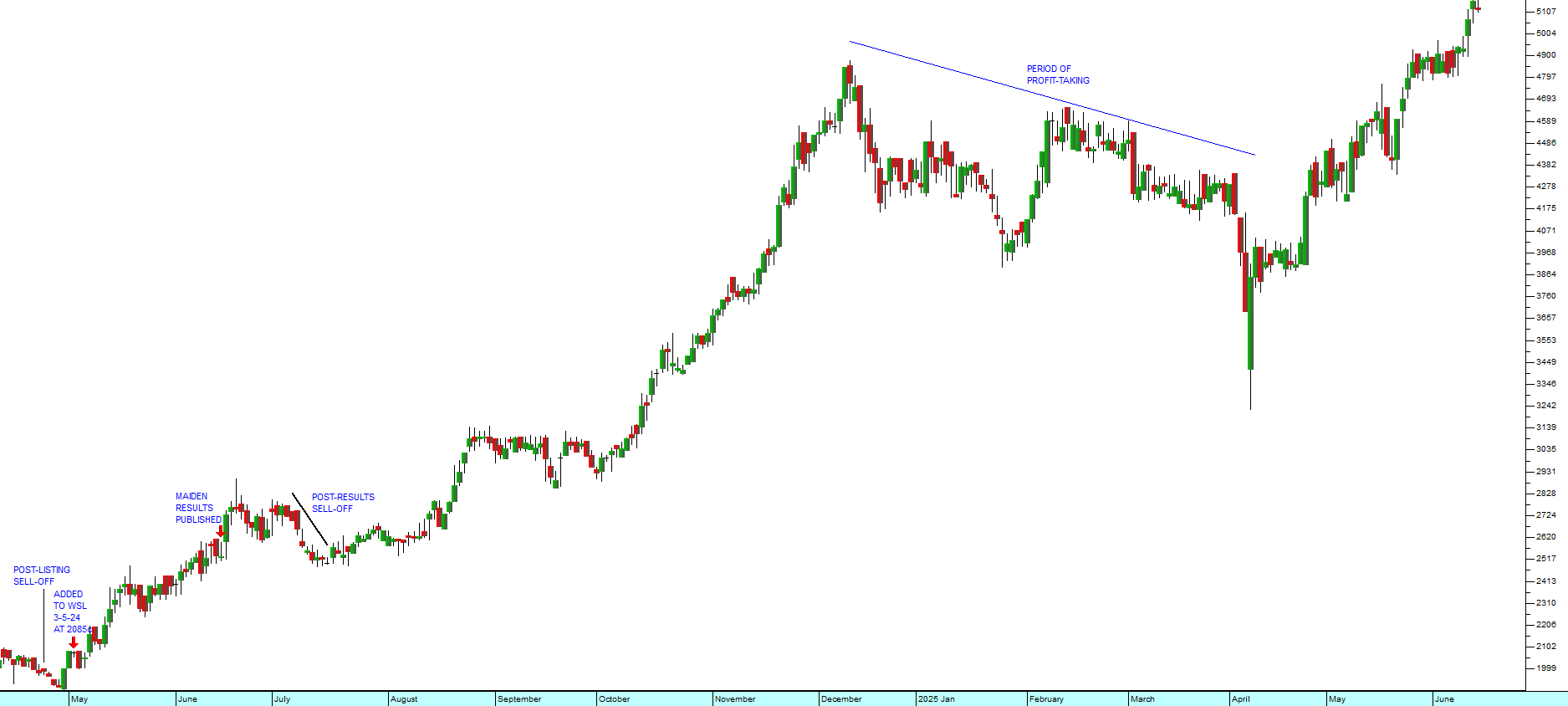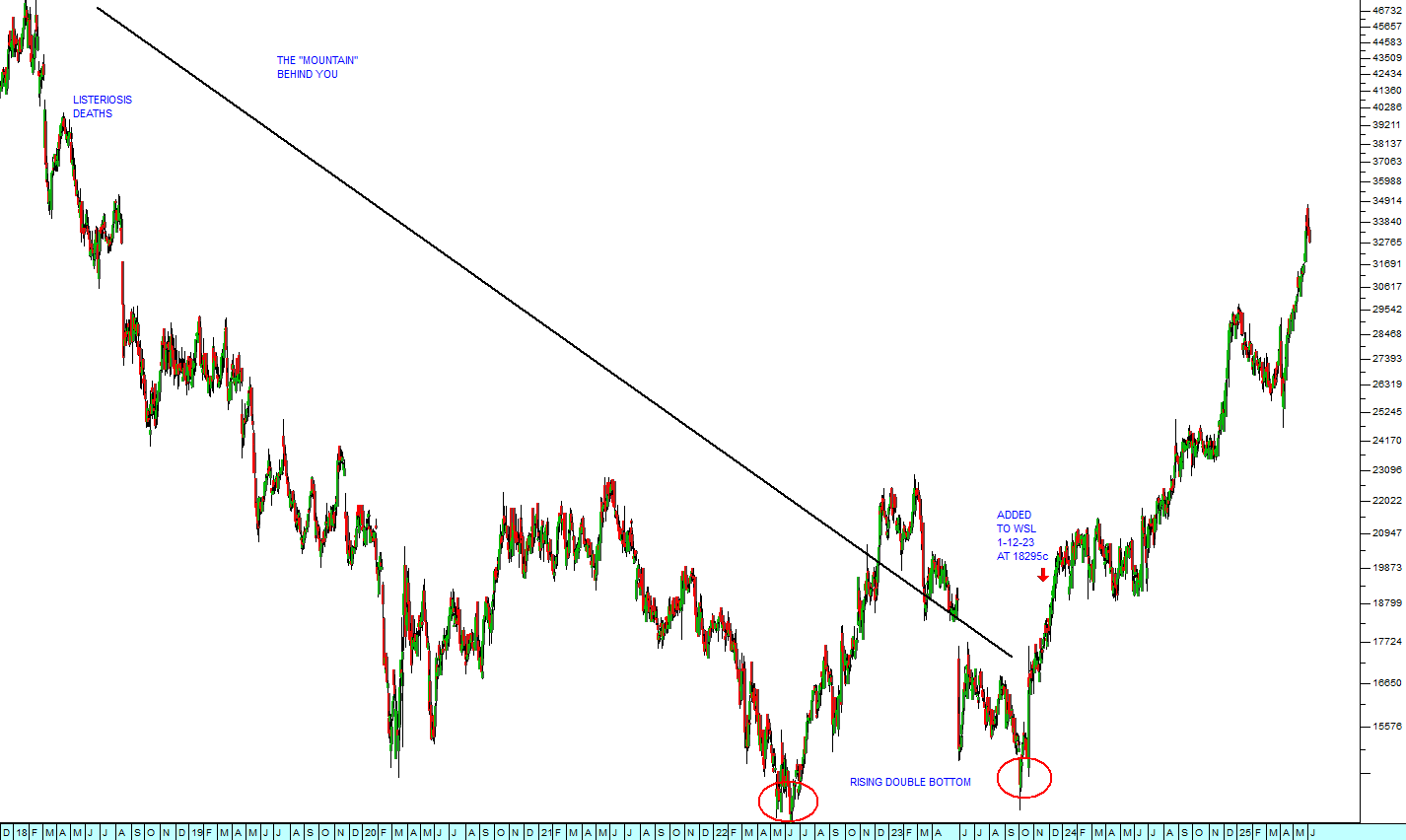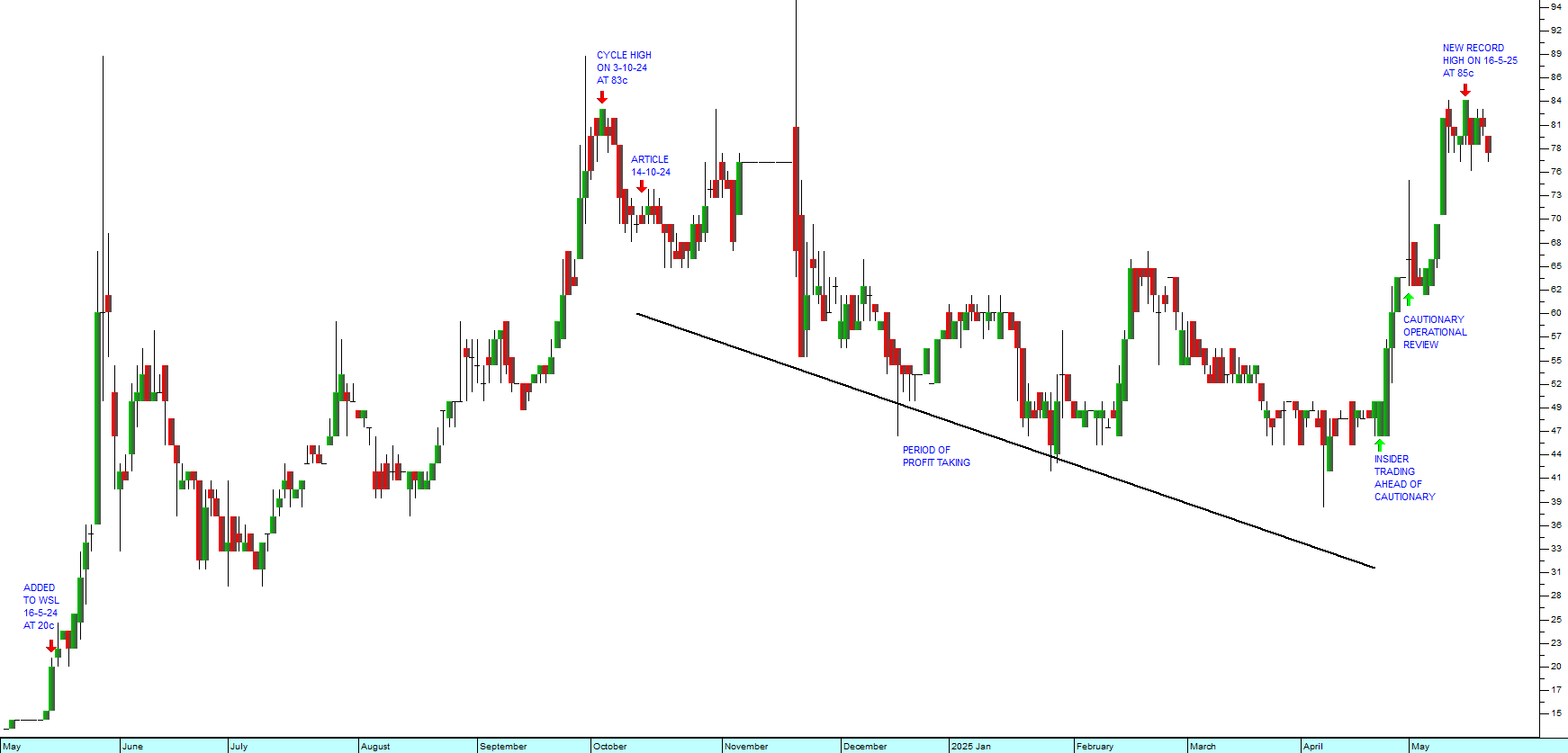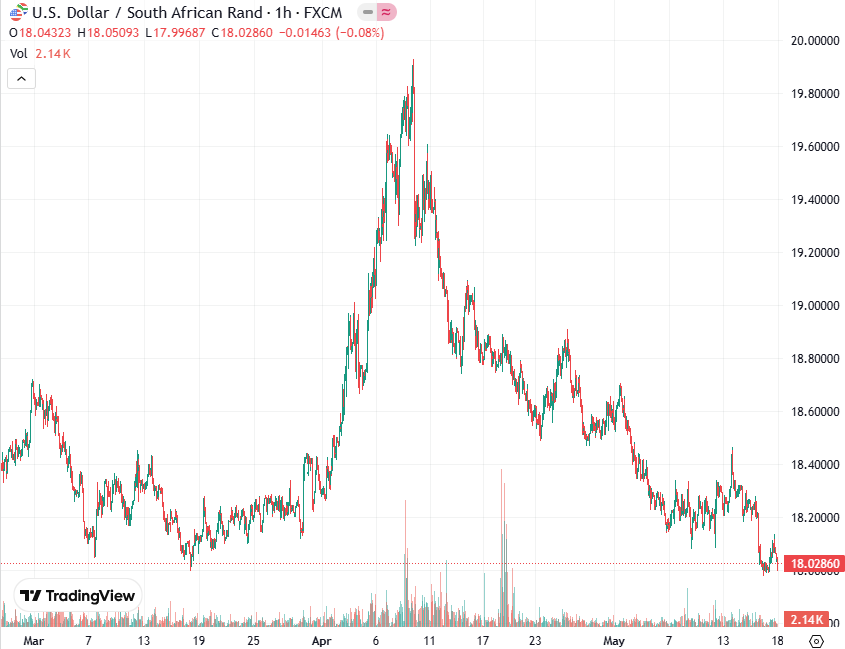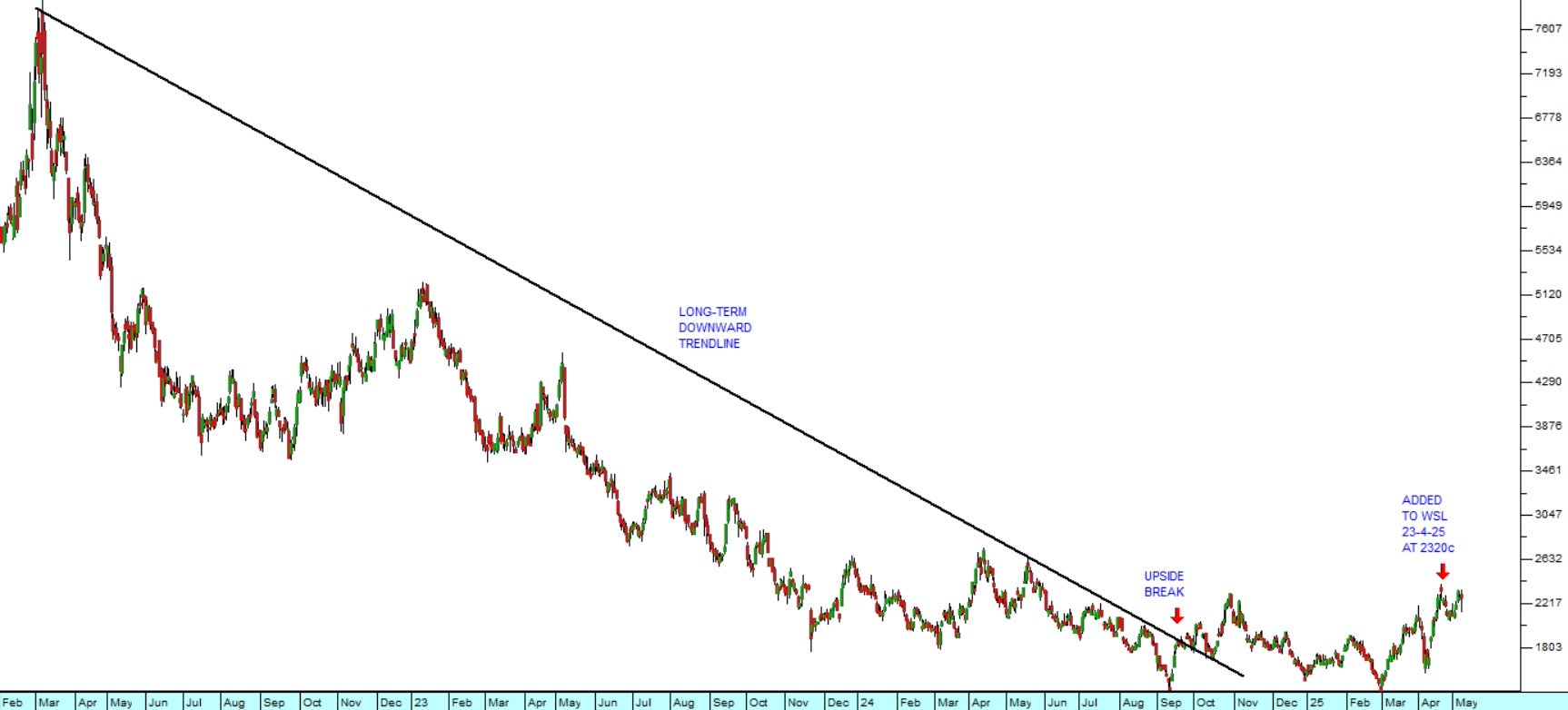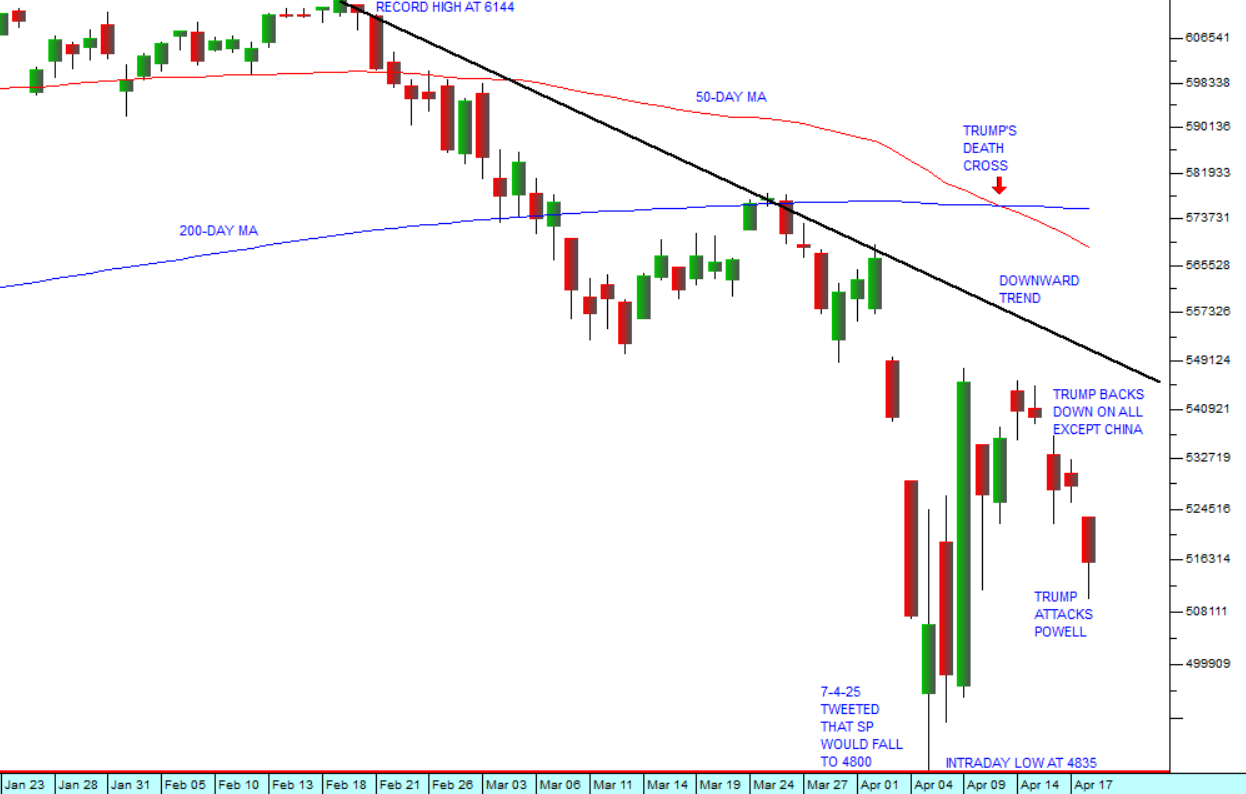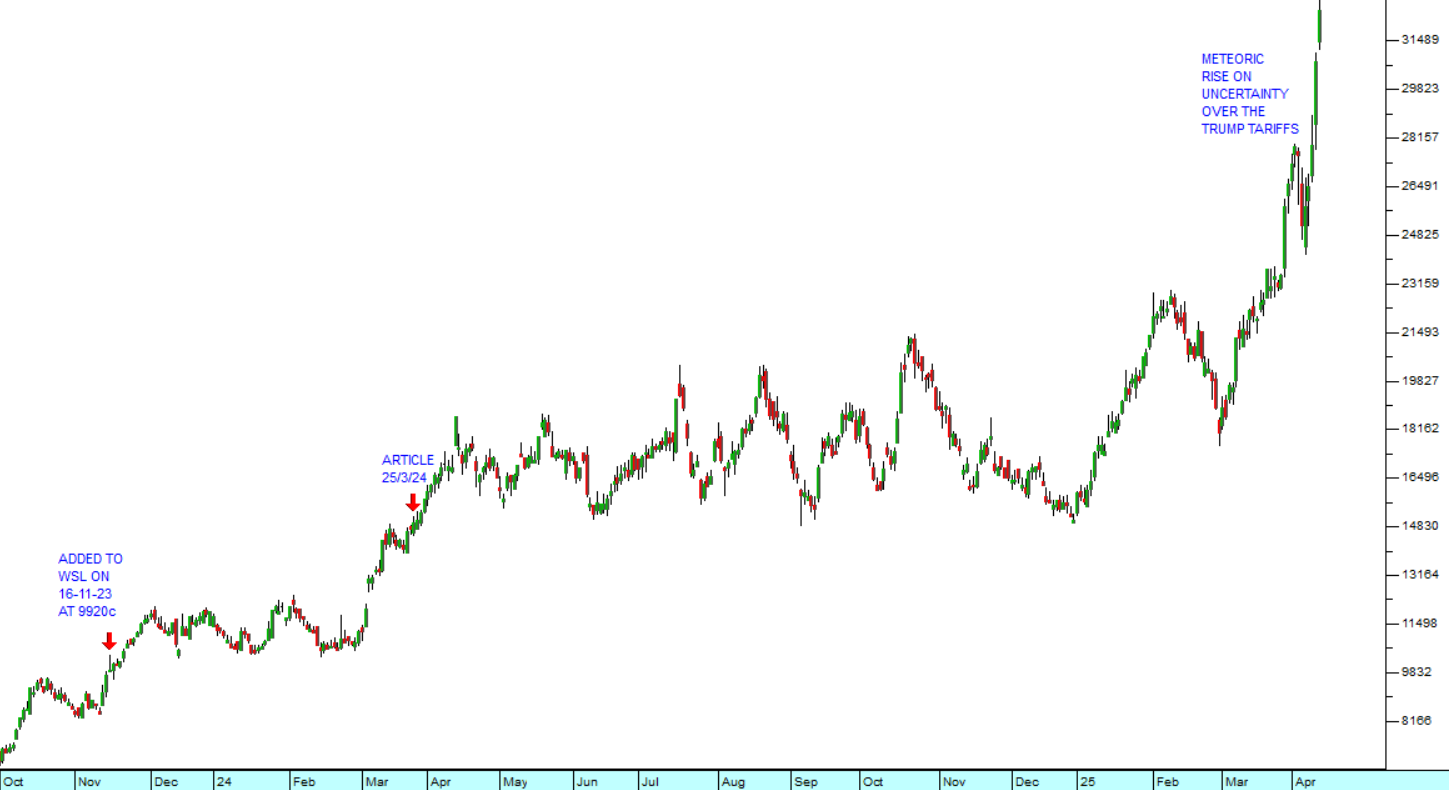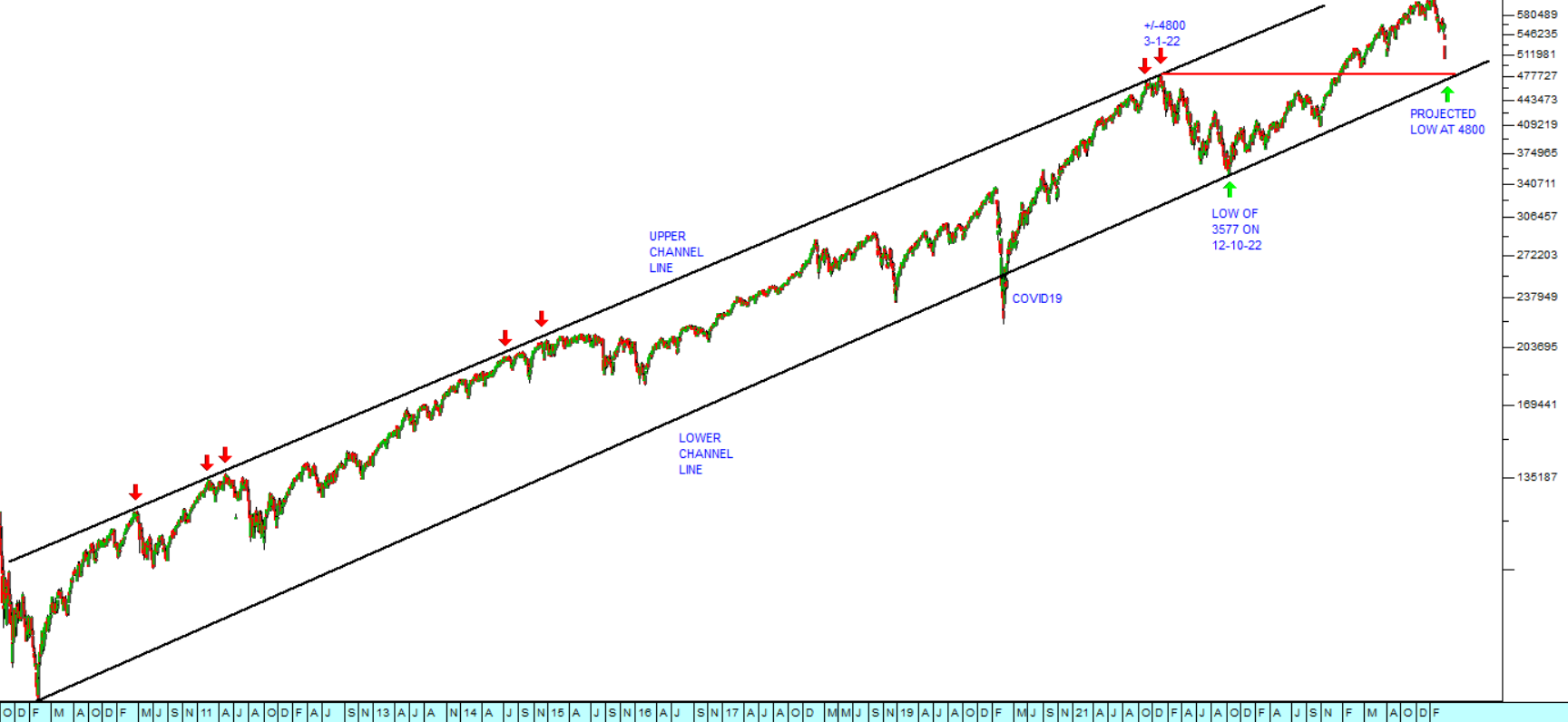Unbundling
8 April 2019 By PDSNETFrom time to time, listed companies may take the decision to “unbundle” one of their subsidiaries or strategic investments to their existing shareholders. This means that they decide to give their shares in that subsidiary (or strategic investment) to their shareholders in direct proportion to the number of shares which the shareholders are holding on a specific date. Their reasons for doing this are varied, but usually it comes down to a decision that the board has taken that the subsidiary or strategic investment concerned is no longer part of their “core” business. For example, if company “A” owns 70m shares in company “B” and company “B” has a total of 100m shares in issue, then company “B” is a 70% subsidiary of company “A”. If the board of directors of company “A” decide that company “B” is not part of their core business, they might decide that, instead of trying to sell their shareholding in that company, they will unbundle it to their existing shareholders. If company “A” has 700m shares in issue at the time, then the shareholders of company “A” will each get 10 company “B” shares for every 100 company “A” shares that they hold – on a specified date. By unbundling in this way the board of directors have divested themselves of the problem of managing company “B” and handed it over to its board of directors and their shareholders. Normally, the subsidiary or strategic investment is already listed on the JSE or is about to list – so the shareholder who ends up with shares in the unbundled company can decide whether to keep them or sell them in the open market. The following are two current examples of unbundlings:
Tiger Brands
On 22nd November 2018, when it published its financials for the year ended 30th September 2018, Tiger Brands (TBS) announced that it had taken a decision at board level to unbundle its entire shareholding (42,1%) in the Oceana Group (OCE). This announcement was followed on 24th January 2019 by the announcement that Tiger had subsequently, sold 8m of those Oceana shares (approximately 14%) to Brimstone for R581m – which meant that it had made an after-tax profit of R262m on the sale. Then on 5th April 2019, Tiger announced the terms and dates of the unbundling of its remaining 36,2% shareholding in Oceana which amounted to 49 104 774 shares. Tiger shareholders are to receive 25,86927 Oceana shares for every 100 shares they hold in Tiger on the end of the last day to trade which is set as Tuesday 23rd April 2019.Naspers
The Naspers (NPN) unbundling of its subsidiary, Multichoice (MC-Group or MCG) was very different from the Tiger unbundling of Oceana for a number of reasons:- Naspers owned 100% of Multichoice before the unbundling.
- At the time of the unbundling, Naspers itself had both A ordinary shares and N shares whereas Tiger only had ordinary shares.
- The Naspers unbundling of Multichoice was done simultaneously with the listing of that company on the JSE, whereas the Oceana Group was already listed at the time of the Tiger unbundling.
- Finally, Naspers was far larger in relation to Multichoice than Tiger was in relation to its holding of Oceana Group – which meant that the Multichoice unbundling had almost no impact on the Naspers share price.
DISCLAIMER
All information and data contained within the PDSnet Articles is for informational purposes only. PDSnet makes no representations as to the accuracy, completeness, suitability, or validity, of any information, and shall not be liable for any errors, omissions, or any losses, injuries, or damages arising from its display or use. Information in the PDSnet Articles are based on the author’s opinion and experience and should not be considered professional financial investment advice. The ideas and strategies should never be used without first assessing your own personal and financial situation, or without consulting a financial professional. Thoughts and opinions will also change from time to time as more information is accumulated. PDSnet reserves the right to delete any comment or opinion for any reason.
Share this article:

